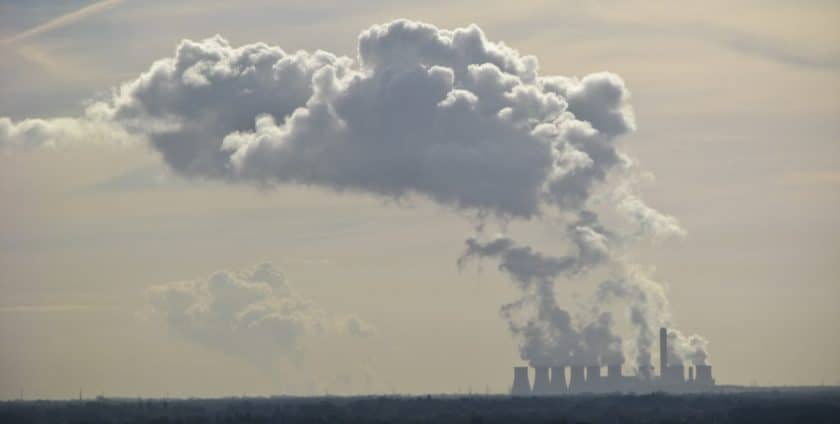
- By: admin
- 0 comment
Why Direct Air Capture might just work
Direct Air Capture (DAC) is a method of removing carbon dioxide (CO2) from the atmosphere. The process works by passing atmospheric air through either a liquid, usually an aqueous alkaline solvent, or a solid sorbent filter (imagine a molecular sieve) that removes the CO2 whilst allowing the other chemicals to pass through the filter unaffected. The CO2 is then stored in underground reservoirs (e.g. worked out natural gas fields) or used in the production of fuels, chemicals, building materials and other products that contain CO2.
The main problem with DAC is the amount of power needed to run the process. Researchers have suggested that to remove one billion tonnes of CO2 per annum would require 500GW of nuclear capacity or 1,200GW of onshore wind capacity. As of 2019 global nuclear power capacity was 392 GW and global wind power capacity was 651 GW.
This brings us to a related issue of capacity. Currently, capacity is carefully tailored to projected demand. The oft stated drawback with renewables is what the industry calls it “intermittency”; when the sun doesn’t shine or the wind doesn’t blow, you have a problem, lack of power. Excess capacity is also viewed as a problem. Producing more power than is needed, is also problematic, because the fuel used in traditional electricity generation is expensive.
US based think tank, RethinkX, has recently proposed a radical change of direction for the energy and utility industries. Its latest report “Disruption, Implications, and Choices — Rethinking Energy 2020-2030” develops a concept that the authors call SWB (solar, wind, and batteries). The concept is based on the fact that with renewables, unlike traditional electricity generation, once they’re built, the power generated is virtually free. Excess capacity can then be viewed in a more positive light.
The RethinkX proposal dismisses the simple expedient of replacing existing hydrocarbon fuelled power plants with wind and solar. Instead we should build substantially more wind and solar capacity. In fact, we should build several times more capacity than current demand would dictate. As long as this is spread over a wide enough geographical area, there will always be some power. Any shortfall can be filled with batteries or carbon neutral power plants. The report also makes the point that the more capacity you build the cheaper it becomes. So called economies of scale.
RethinkX terms this very large amount of surplus power output as Clean Energy Super Power. They believe that “Clean energy superabundance from near-zero marginal cost SWB super power will create a new possibility space for novel business models…” At a time when energy reduction is being demanded, SWB super power poses the rather startling argument that “Conservation in the new system will mean maximizing rather than minimizing energy use, because it is not harmful to utilize electricity generated from sunshine and wind but rather it is harmful to let it go to waste.”
This is where Direct Air Capture (DAC) comes in. On sunny and windy days, you will have a huge excess of power at fractional extra cost. This excess power could be used to capture carbon dioxide from the atmosphere. However, I am not saying that DAC is the answer to climate change on its own. Estimates put the UK’s emissions in 2019 at 354 million tonnes of CO2. Using an optimistic figure for DAC of 250kWh per tonne of CO2 removed from this atmosphere, this would require 88TWh of electricity. This is equivalent to 27% of the total electricity generated in the UK in 2019 (323 Terawatt Hours).
However, if the world were to increase its electricity generation capacity in a low-cost way as RethinkX suggests, it could, in combination with emissions reduction and other carbon capture options, make the difference.
Glen Winkfield
glenw@ghginsight.com
15th December 2020